43 kcal on food labels
How to Calculate Kilocalories | livestrong A kilocalorie (kcal) is the same as one large calorie, which is equal to 1,000 small calories. Advertisement But small calories are uncommon in everyday use — large calories, or kilocalories, are what you're used to seeing on food labels and in nutrition and exercise recommendations. 4 Ways to Read Cat Food Labels - wikiHow Often, calories are listed as kilocalories or "kcal." This means the same thing as "calories" on human food labels. This information is usually listed on the back of the package below the feeding instructions. ... To read cat food labels, really pay attention to the first 3 ingredients since pet food labels list ingredients by weight in ...
Why Do Food Labels Use Calories Instead of Joules or Kilojoules? A kilocalorie equals 1,000 "small" calories, which is the energy it takes to raise the temperature in 1 gram of water 1 degree Celsius. On U.S. food labels, the term "calorie" actually means kilocalorie, though a calorie is technically the smaller measurement.

Kcal on food labels
How Many Calories Does One KCAL Equal? | livestrong One kcal, or kilocalorie, is equivalent to one Calorie. Both are equivalent to 1,000 calories (with a lowercase "c") and measure the amount of energy in food. ... You can find the calorie amount on the food's nutrition label. This information will help you gauge whether you're consuming too many calories per day. NHS points out that the more ... Food labels - NHS These labels provide information on the number of grams of fat, saturated fat, sugars and salt, and the amount of energy (in kJ and kcal) in a serving or portion of the food. But be aware that the manufacturer's idea of a portion may be different from yours. Some front-of-pack nutrition labels also provide information about reference intakes. This is why calorie content is always listed in 'kcals' - Cosmopolitan For every 1 'kcal' measure, you can assume you're actually counting 1,000 scientific calories, which sounds pretty scary if you think about it (that Mars Bar just went from being 260 calories to ...
Kcal on food labels. Daily Value on the New Nutrition and Supplement Facts Labels For the nutrients with DVs that are going up, the %DVs may go down. For example, the DV for total fat has been updated from 65g to 78g. That means that a packaged food with 36g of total fat in one ... How to Understand and Use the Nutrition Facts Label | FDA - U.S. Food ... Overview. The information in the main or top section (see #1-4) of the sample nutrition label (below) can vary with each food and beverage product; it contains product-specific information ... Food Calorie Calculator Food Calorie Calculator. Powered by the USDA National Nutrient Database, the Food Calorie Calculator below allows you to choose from thousands of foods and brands, and see nutrition facts such as calories, fat, protein, carbohydrates, fiber and sugar. Get started by entering your food and drink choices under "Keywords". Calories on the New Nutrition Facts Label | FDA - U.S. Food and Drug ... 2,000 calories a day is used as a general guide for nutrition advice, but your calorie needs may be higher or lower depending on your age, sex, height, weight, and physical activity level. Eating ...
Kcal vs. Calories: Differences and How to Convert - Healthline Therefore, you don't need to convert them, as 1 kilocalorie equals 1 calorie in nutrition. Calories may also be expressed as kilojoules (kJ). One calorie (kcal) equals 4.18 kJ or 4,184 joules (J ... Learn How the Nutrition Facts Label Can Help You Improve Your Health The Nutrition Facts label on packaged foods is based on updated science and dietary recommendations for Americans. Using the label can help you choose foods for a healthy diet. The label is required on all packaged foods made in the United States and imported from other countries. The US Food and Drug Administration (FDA) issued regulations in ... Menu Labeling Requirements | FDA - U.S. Food and Drug Administration May 7, 2018 is the compliance date for the menu labeling final rule. On this date, consumers will have access to calorie and nutrition information in certain chain establishments covered by the ... Calories on the Menu | FDA - U.S. Food and Drug Administration Calories are listed next to the name or price of the food or beverage on menus and menu boards, including drive-thru windows, and may be at the following types of chains: Chain restaurants. Chain ...
Kilocalories Vs. Calories: Understanding The Difference Carbs = 4 calories per gram. Protein = 4 calories per gram. Fats = 9 calories per gram. For example: If your food in question has 8 grams of carbs, 15 grams of fat and 7 grams of protein, to determine the caloric value of the food in question you will do as follows: 8 g of carbs * 4 cals per gram = 32. 7 g of protein * 4 cals per gram = 28. New food labels listing exercise needed to burn off calories consumed ... A new style of food and drink labels that shows the amount of exercise you'd need to burn off the calories from your food selection doesn't have any effect on. ... While one cafeteria reported a 161-kcal drop per purchase, another saw a 69-kcal increase with each transaction, and five of the cafeterias had no significant change at all. ... What is the difference between calories and kilocalories? | Food and ... The "calorie" we refer to in food is actually kilocalorie. One (1) kilocalorie is the same as one (1) Calorie (uppercase C). A kilocalorie is the amount of heat required to raise the temperature of one kilogram of water one degree Celsius. Are kcal the same as Calories? - Cronometer Cronometer Curation. 4 years ago. Updated. The Calories used on food labels are the same as kcals (kilocalories). 1 Calorie = 1 kcal. Facebook. Twitter. LinkedIn.
Food Label Accuracy of Common Snack Foods - PMC Therefore, the absolute amount of calories in food is higher than the calories stated on the label and this was evident in our sample of snack food items (6.7 kcal [−4.9, 31.9], p<0.05). Since nutrient absorption has a high inter-individual variability in humans ( 22 ), it may be of more value to report gross calories on food labels as a more ...
How Do They Calculate Calories on Food Labels? 5 grams of fat (5 x 9 = 45 calories) 22 grams of carbohydrate (22 x 4 = 88 calories) 2 grams of protein (2 x 4 = 8) ...should contain approximately 140 calories. It's important to recognize that 4-9-4 is an average, and not an exact amount. For example, 1 gram of fat in one food may yield 8.34 calories while 1 gram of fat from another food ...
This is why calorie content is always listed in 'kcals' - Cosmopolitan For every 1 'kcal' measure, you can assume you're actually counting 1,000 scientific calories, which sounds pretty scary if you think about it (that Mars Bar just went from being 260 calories to ...
Food labels - NHS These labels provide information on the number of grams of fat, saturated fat, sugars and salt, and the amount of energy (in kJ and kcal) in a serving or portion of the food. But be aware that the manufacturer's idea of a portion may be different from yours. Some front-of-pack nutrition labels also provide information about reference intakes.
How Many Calories Does One KCAL Equal? | livestrong One kcal, or kilocalorie, is equivalent to one Calorie. Both are equivalent to 1,000 calories (with a lowercase "c") and measure the amount of energy in food. ... You can find the calorie amount on the food's nutrition label. This information will help you gauge whether you're consuming too many calories per day. NHS points out that the more ...
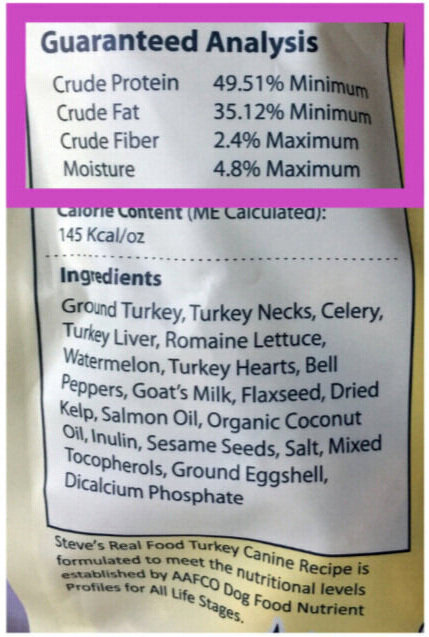
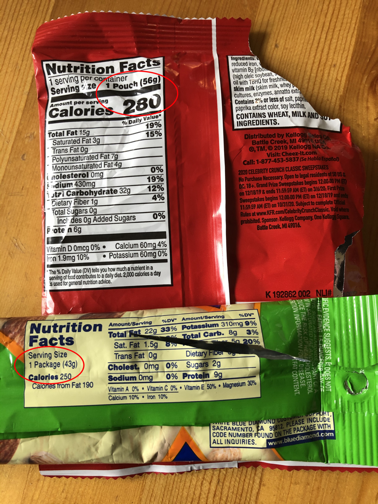


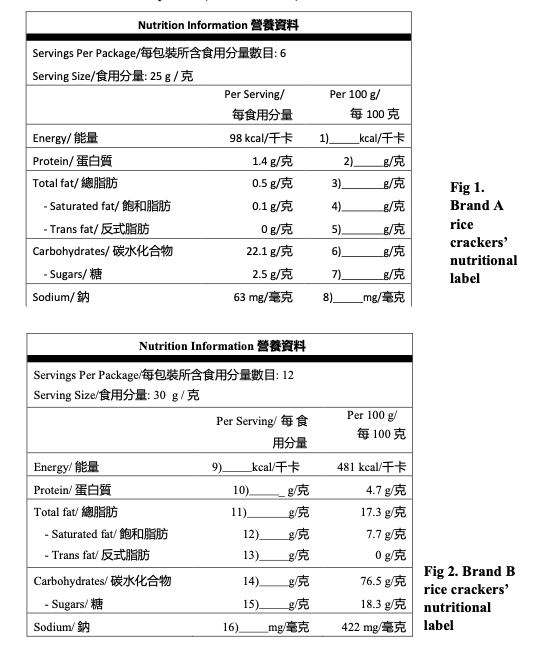




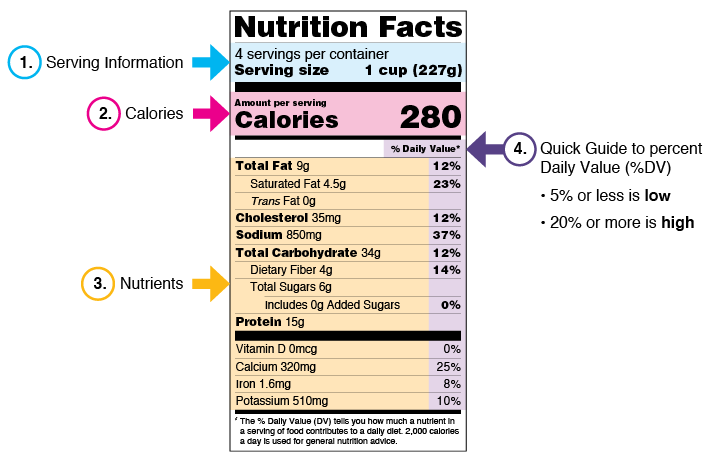

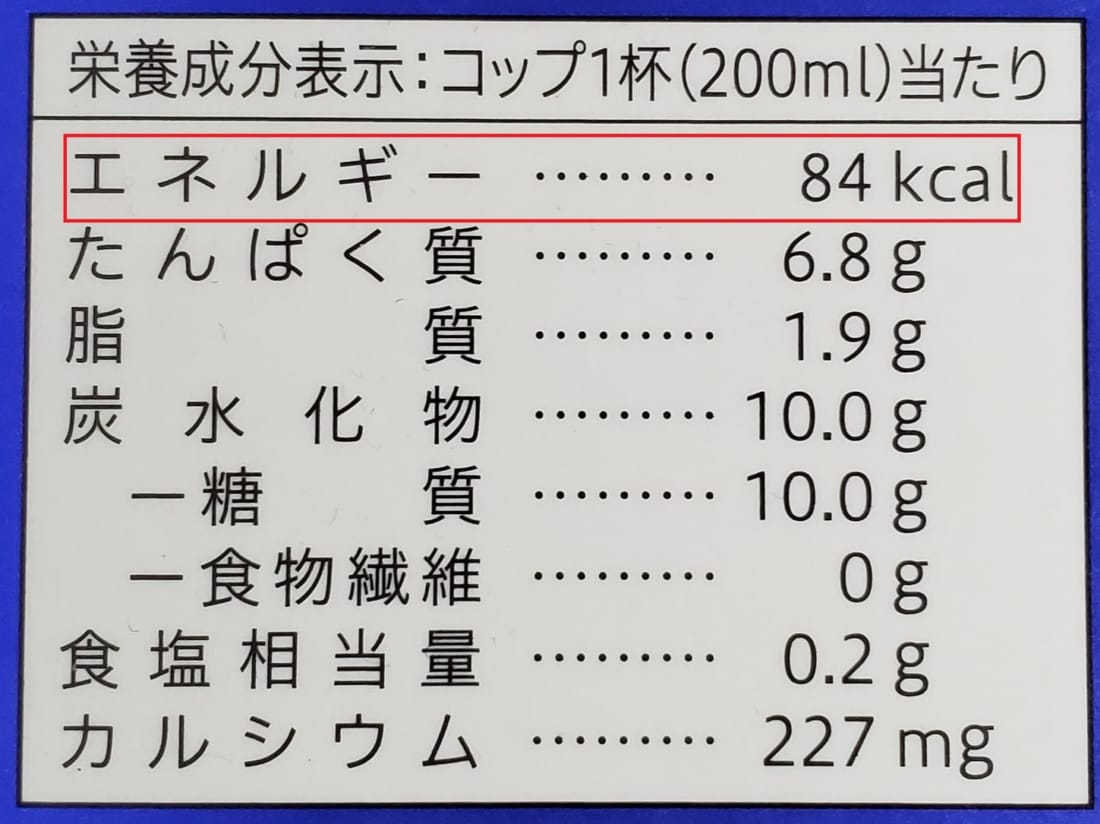
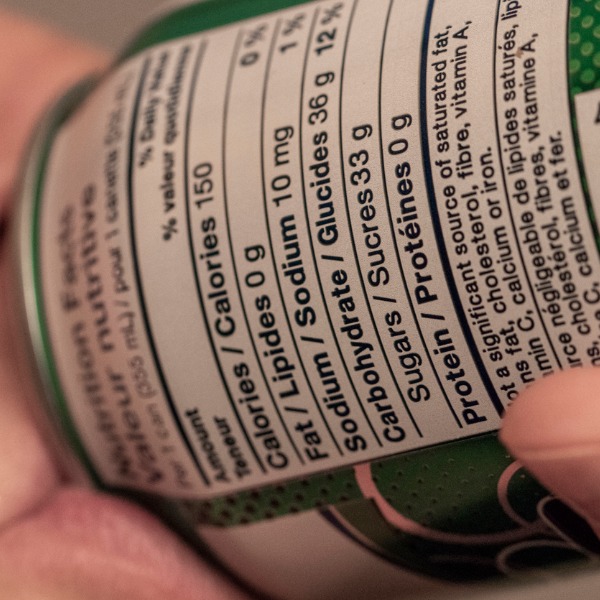


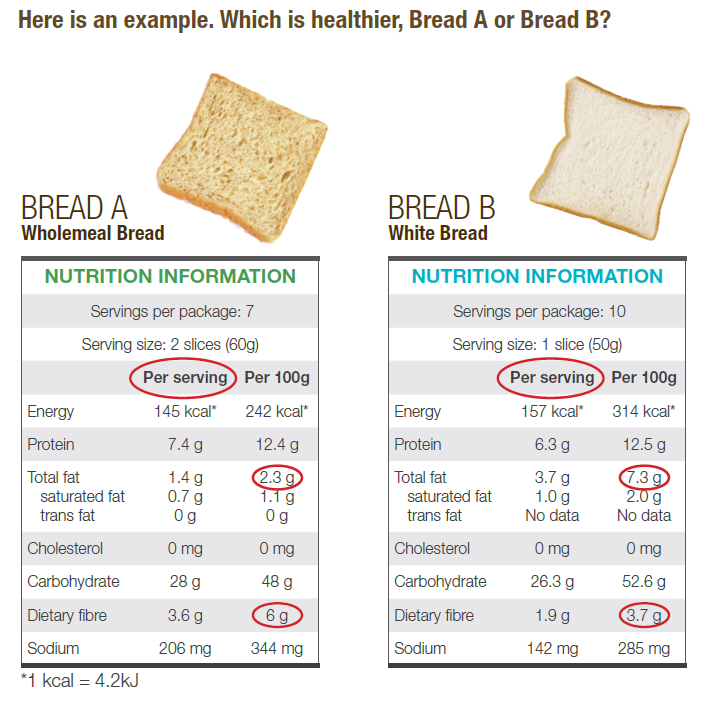




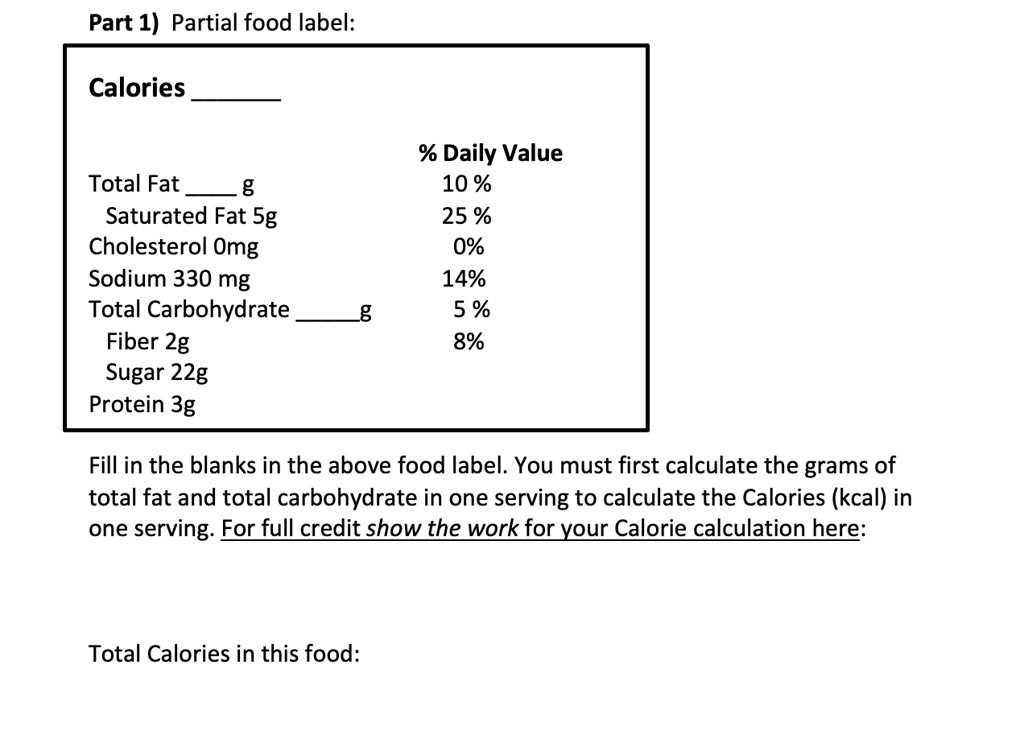
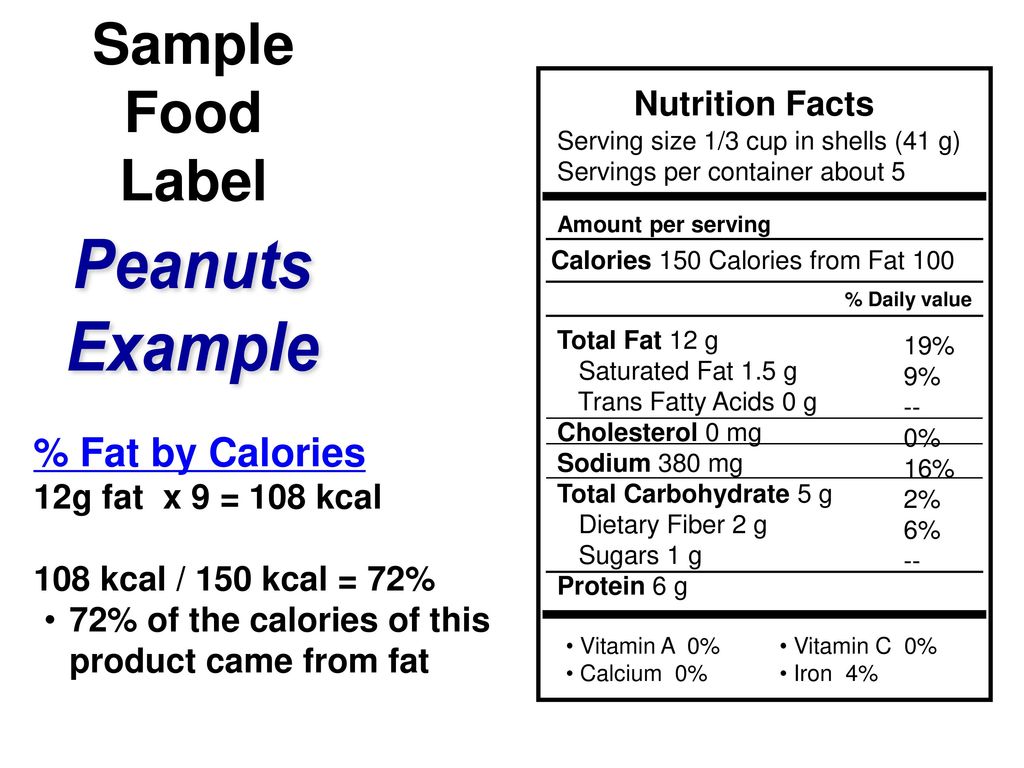



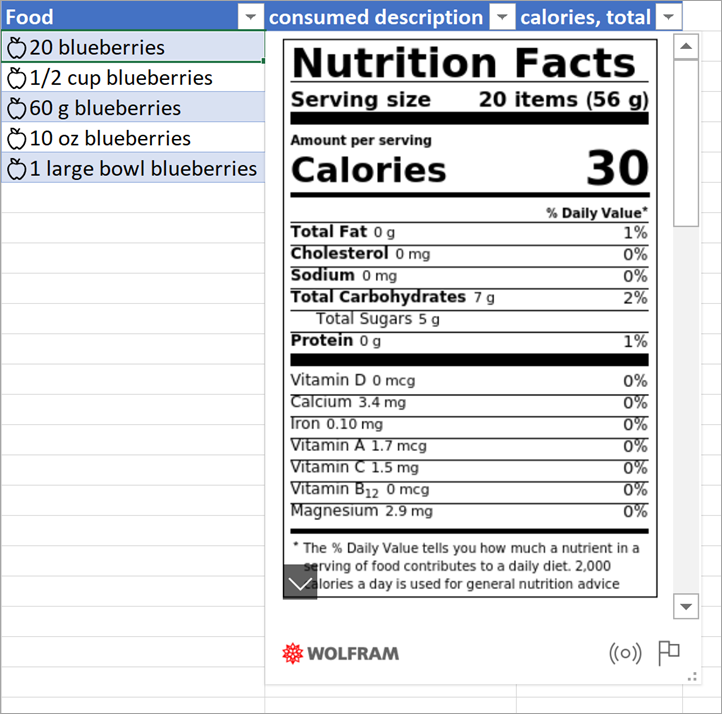
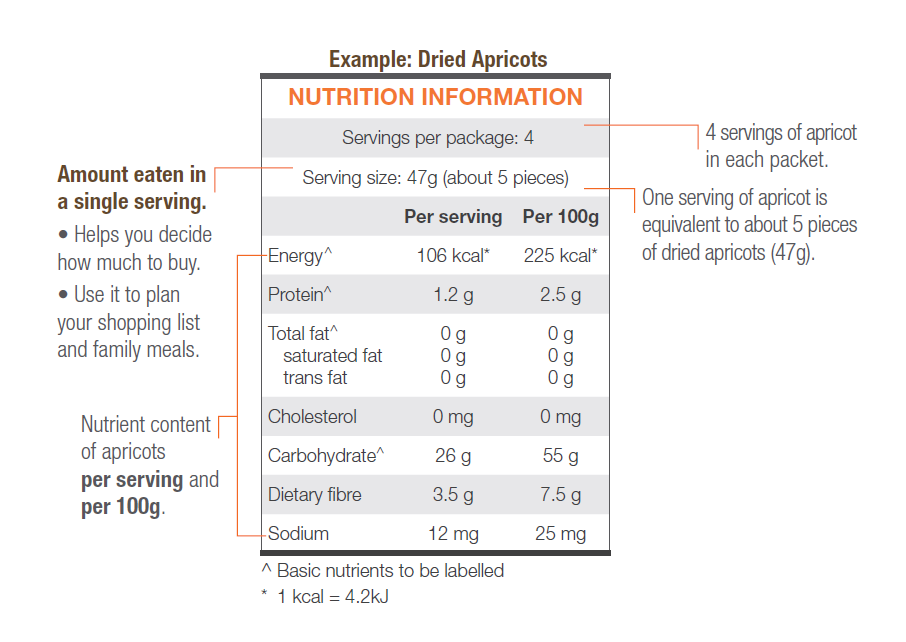



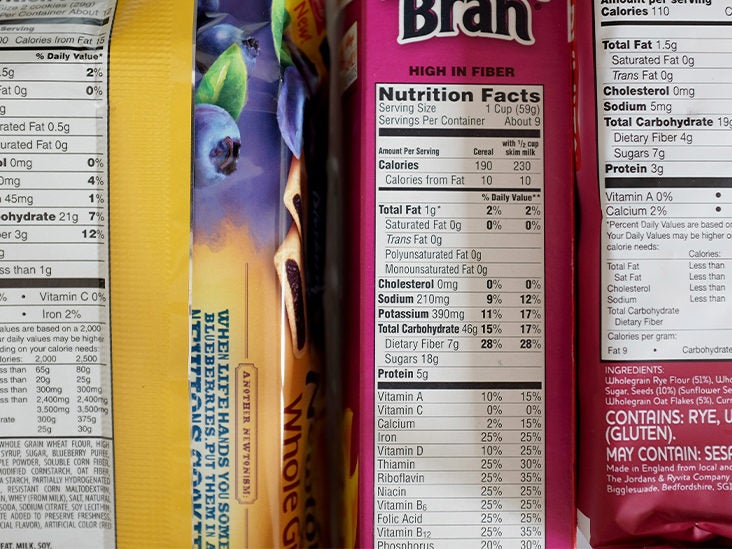
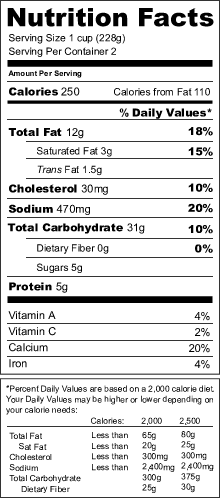

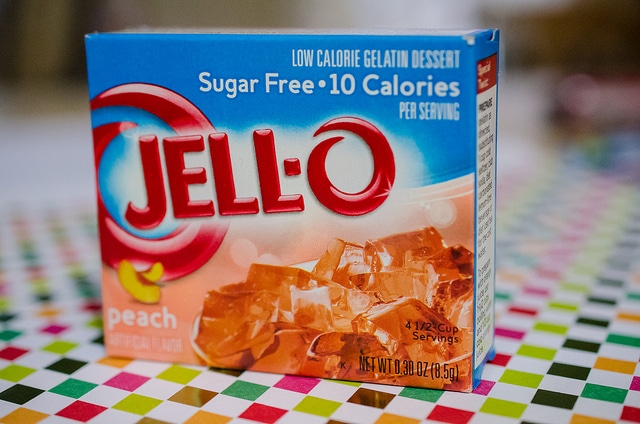


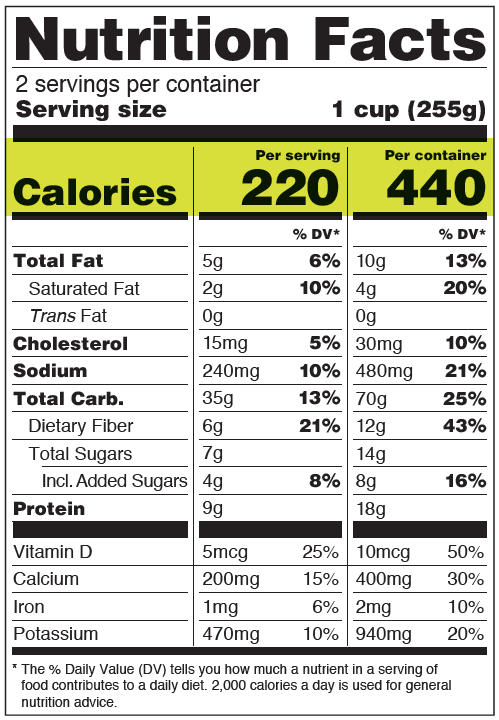


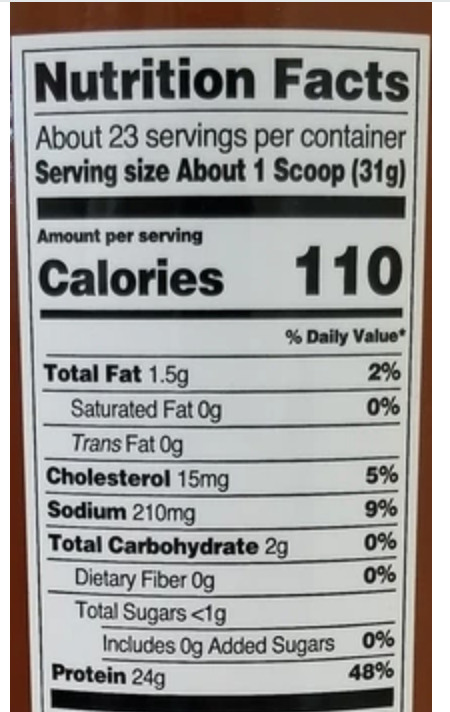
Post a Comment for "43 kcal on food labels"